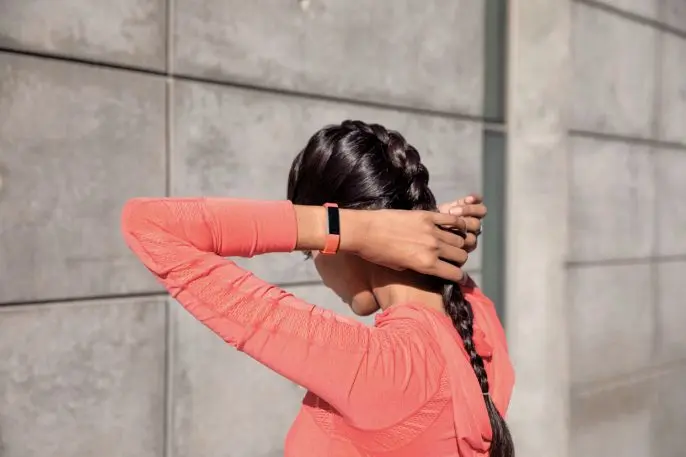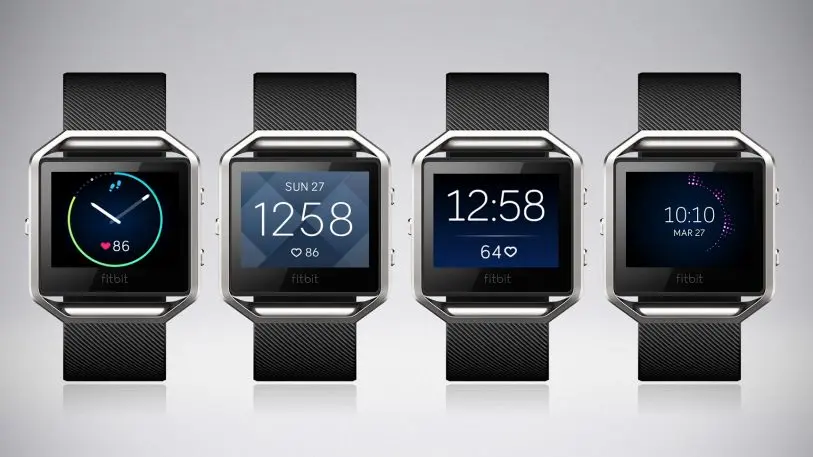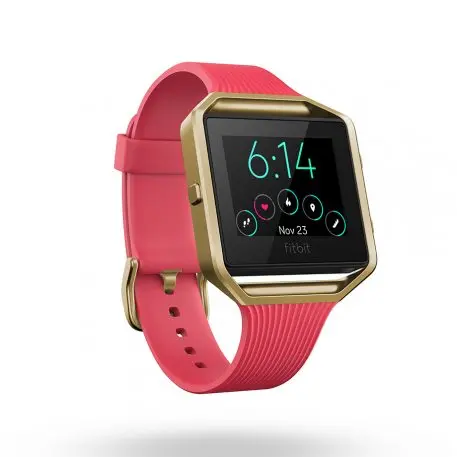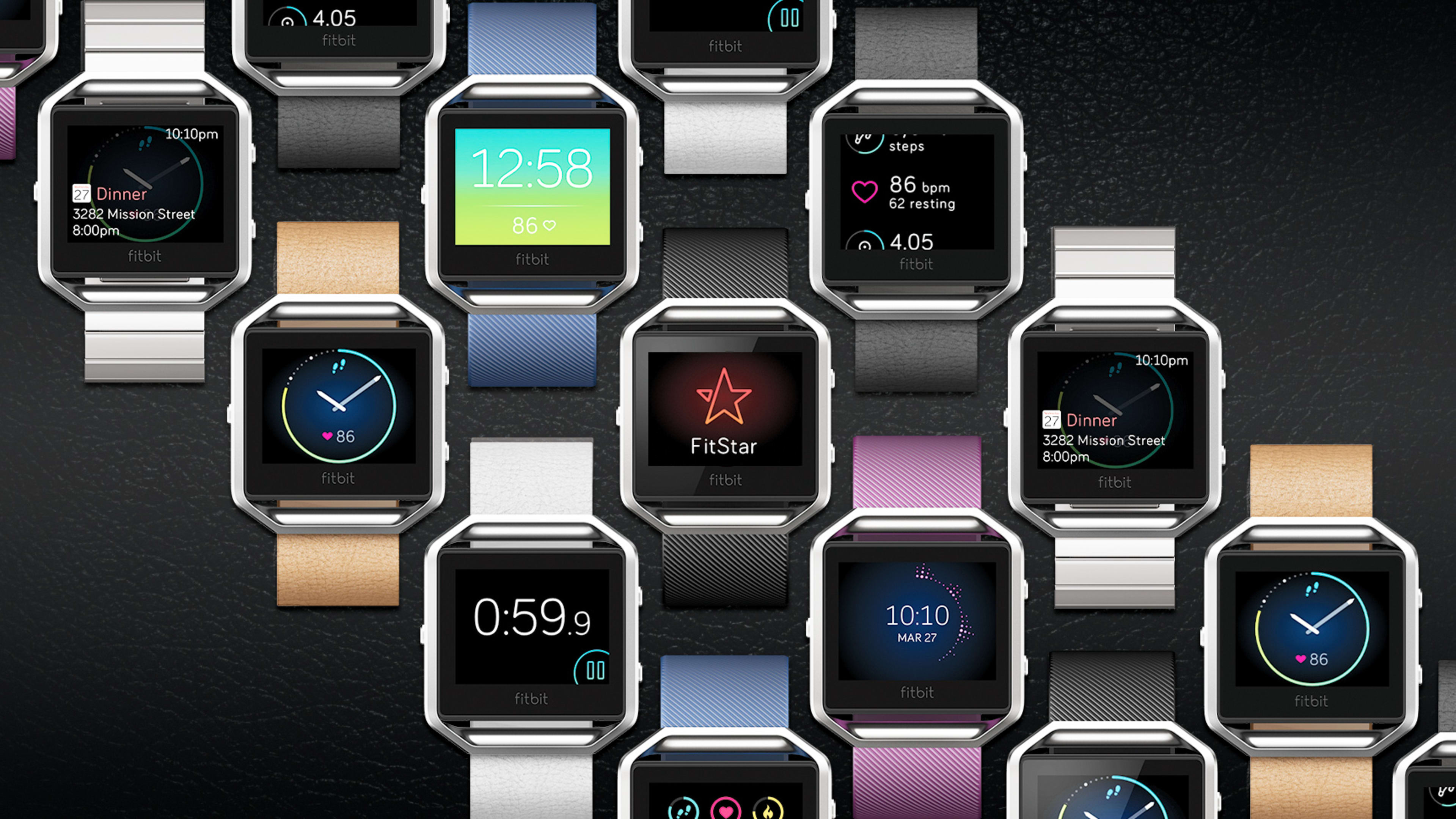Not too long ago, most consumers were satisfied that simple fitness trackers, not smartwatches, were a good way to enter the age of the “quantified self.” Sales of Fitbit’s trackers flourished, and the company held a successful IPO.
But times have changed, the numbers show. More fitness-minded people are moving to smartwatches, mainly the Apple Watch. Fitbit, which is now working on a full-fledged smartwatch of its own, may find this a dangerous era in which to live.
In the run-up to the launch of the Apple Watch back in 2014, Fitbit CEO James Park got the same question a lot: How are you going to compete? The assumption was that Apple would deliver a beautiful device that did everything a Fitbit did and much more.
Park didn’t seem concerned in the least. He argued, rightly at the time, that fitness trackers and smartwatches were different things, and that there was lots of room in the market for both.
After launching in April 2015, Apple Watch didn’t exactly set the world on fire sales-wise in the first year. Apple didn’t disclose numbers, but most estimates put the number between 10 million to 15 million units. Many consumers continued to be happy with fitness trackers that did a small set of things (like counting steps and monitoring sleep) and that cost well under $200. Fitbit sales remained strong heading into the company’s June 2015 IPO and beyond.

But now, a quarter and change into 2017, Fitbit’s situation isn’t looking as good. Sales began to soften during 2016. The company cut its full-year revenue guidance back 8% midway through the year. It also reduced its unit sales forecast for the 2016 holiday quarter (its stock taking a hammering), and ended up selling 6.5 million trackers during the period. Revenue fell 19%. Meanwhile, the Apple Watch has its biggest quarter ever, selling an estimated 5.6 million devices.
CEO Park attributed the lull to the mass market adoption curve: “. . . we have successfully captured a large portion of the innovator and early adopter segments in tracker market,” he said during a recent earnings call. “We believe the early and late majority segments of the tracker market represents an additional significant target opportunity of between 40 million to 80 million new tracker customers.”
Apple made some important choices in last fall’s Apple Watch Series 2 to promote that mind-set. It noticeably shifted both the feature set and the marketing of the second version of the Watch to target the fitness crowd: The new device became officially waterproof (for swimmers) and added GPS (to track runs). There was even a new Nike+ Watch with special fitness bands and additional run-tracking software on board. The Watch’s message notifications and other communications features were downplayed.
The migration from pure fitness trackers toward smartwatches is nothing new to Fitbit. Like its competitors, the company has gradually added smartwatch-like features to its trackers, such as smartphone integration features including message notifications and music control. It introduced heart-rate sensors to its devices beginning with the Charge HR in early 2015.

What should Fitbit do now? Well, if it buys the argument that the gravity in the wearables space is heading toward the smartwatch, it should release a real smartwatch, with all the trimmings, ASAP.
Voila! Company executives acknowledged late last month that they are indeed building a full-fledged smartwatch to compete for the same consumers who might buy an Apple Watch. The device reportedly offers GPS, heart-rate monitoring, mobile payments, four days of battery life, a color display with 1,000 nits of brightness (like the Apple Watch 2), and a $300 price tag.
That’s all great, but the context in which Fitbit is doing all this is, well, not ideal. The company is trying to grow from a fitness tracker company into a smartwatch maker just as the Apple Watch is gaining strength and as Fitbit sales are slowing. While Apple has successfully positioned the Watch as a fitness tracker that’s also a full-on smartwatch, Fitbit is just now trying to build its first real smartwatch. I’d much rather be Apple in that scenario.

An April 11 article by Yahoo Finance‘s JP Mangalindan cites sources saying Fitbit wanted to release its new smartwatch this spring but has delayed launch until the fall because of production problems. From the report:
“In one of the more final prototypes, the GPS wasn’t working because the antennae wasn’t in the right place,” one of those sources told Yahoo Finance. “They had to go back to the drawing board to redesign the product so the GPS got a strong signal.”
Yahoo Finance‘s story also reports that Fitbit is having trouble making the device waterproof, as the Apple Watch 2 is. It’s still unclear if Fitbit will be able to get these issues solved before it’s time to launch this fall.
“Regardless of whether Fitbit manages to make it waterproof, I think they have to release the watch later this year,” one of Yahoo Finance‘s sources said. “It’s literally sink or swim time for them.”
First Generation vs. Third Generation
If Fitbit launches its first real smartwatch in the fall, it will probably debut at roughly the same time Apple will announce its third smartwatch—likely called the Apple Watch Series 3. And based on the Yahoo Finance report, it sounds like Fitbit, in the best case scenario, will be releasing a smartwatch with a feature set comparable to that of last year’s Apple Watch 2.
And finally, Yahoo Finance‘s sources say the Fitbit smartwatch will use the same squarish hardware design as last year’s aesthetically challenged Fitbit Blaze. Competing with Apple on hardware design is already a daunting challenge; if Fitbit recycles a lackluster design from last year for its new device, it suggests to me that the company has chosen to simply cede the beauty crown to Apple.
Fitbit stock fell 2% on the Yahoo Finance report of smartwatch production delays. But these technical hiccups are just a small symptom of a much larger challenge. Fitbit, which is now 10 years old, may be dealing with the growing pains of becoming a smartwatch company.
Recognize your brand’s excellence by applying to this year’s Brands That Matter Awards before the early-rate deadline, May 3.
